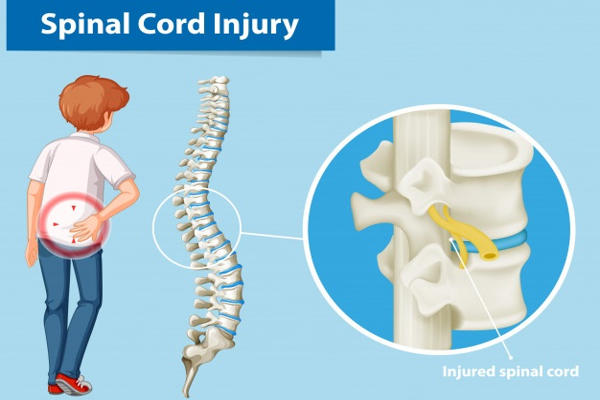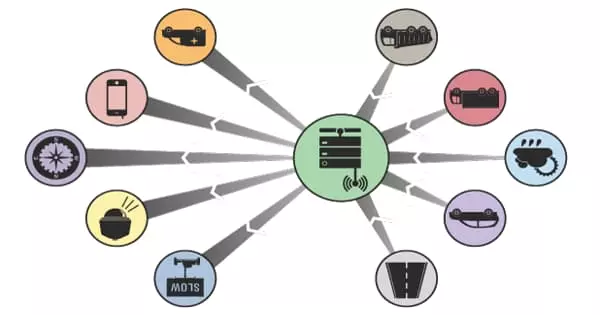Implants that require a constant power source but do not require wires are an idea whose time has come. Now, the timing has arrived for therapies that require multiple, coordinated stimulation implants.
Rice University engineers who created implants for electrical stimulation in patients with spinal cord injuries have improved their method for powering and programming multisite biostimulators from a single transmitter.
Kaiyuan Yang, an electrical and computer engineer at Rice’s Brown School of Engineering, and his colleagues won the best paper award at the IEEE’s Custom Integrated Circuits Conference, which was held virtually in the last week of April.
Rice University engineers develop a new version of their wireless implant that allows for multiple stimulators to be programmed and magnetically powered from a single transmitter outside the body. The implants could be used to treat spinal cord injuries or as pacemakers.
Implants that require a constant power source but do not require wires are an idea whose time has come. Now, the timing has arrived for therapies that require multiple, coordinated stimulation implants. Rice University engineers who created implants for electrical stimulation in patients with spinal cord injuries have improved their method for powering and programming multisite bio stimulators from a single transmitter.
Experiments conducted by the Rice lab demonstrated that an alternating magnetic field generated and controlled by a battery-powered transmitter located outside the body, possibly on a belt or harness, can deliver power and programming to two or more implants located at least 60 millimeters (2.3 inches) apart.
Delays measured in microseconds can be programmed into the implants. According to Yang, this could allow them to coordinate the activation of multiple wireless pacemakers in different chambers of a patient’s heart.

“We demonstrate that the implants can be programmed to stimulate in a coordinated pattern,” he said. “We synchronize every device as if it were a symphony. This gives us a lot of leeway when it comes to stimulation treatments, whether for cardiac pacing or spinal cord stimulation.”
The lab put its tiny implants, each about the size and weight of a vitamin, through their paces on tissue samples, live hydra vulgaris, and rodents. The experiments demonstrated that the devices could stimulate two separate hydra to contract and activate a fluorescent tag in response to electrical signals, as well as trigger a response at controlled amplitudes along a rodent’s sciatic nerve over a short distance.
“There’s a study on spinal cord regeneration that shows multisite stimulation in a specific pattern will aid in neuro system recovery,” Yang explained. “There is clinical research being conducted, but it is all done on benchtop equipment. There are no implantable tools that can perform this function.”
MagNI (for magnetoelectric neural implants) devices from the lab were introduced early last year as potential spinal cord stimulators that did not require wires to power and program them. This eliminates the need for wire leads to be inserted through the patient’s skin, which could result in infection. The other alternative, as used in many battery-powered implants, is to replace them via surgery every few years.
















